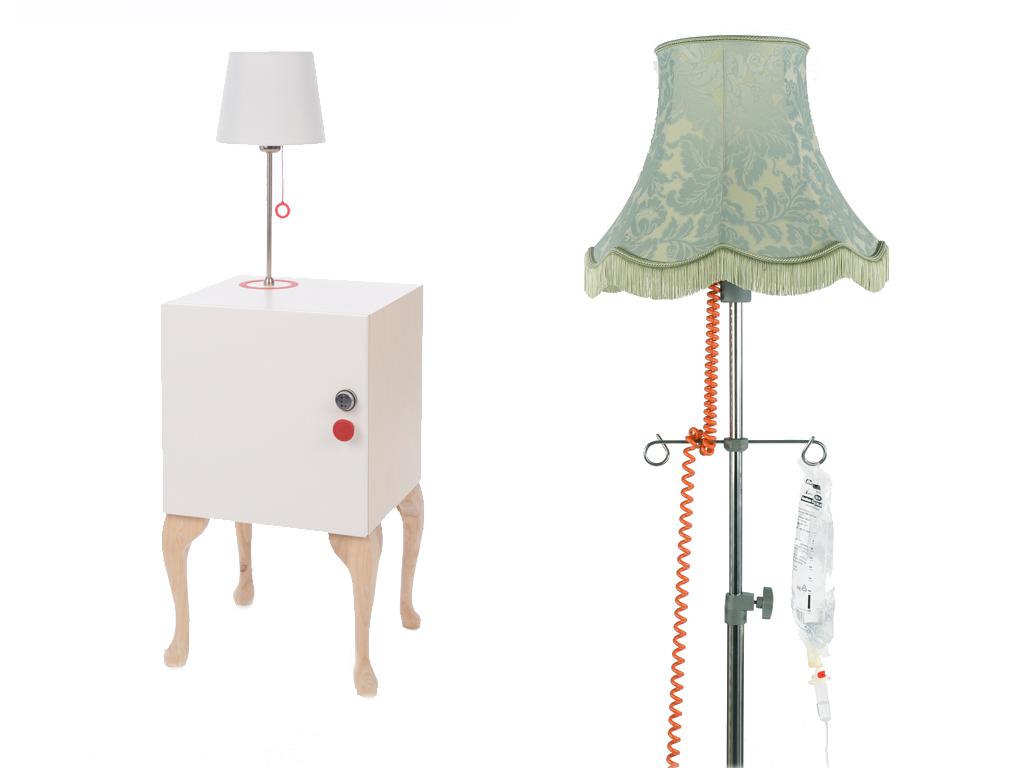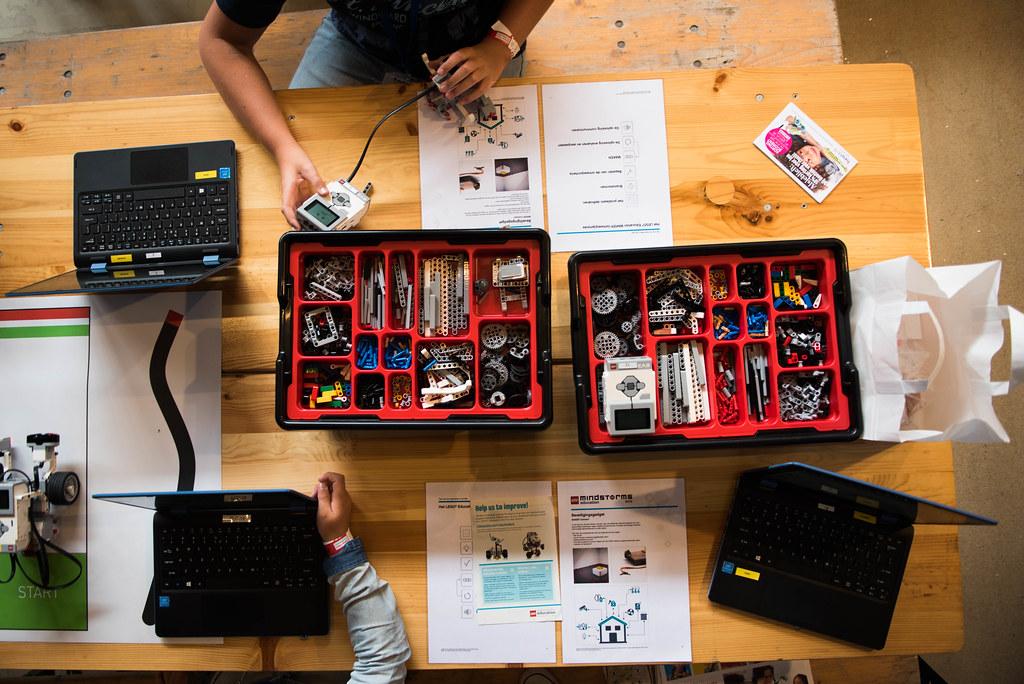The rise of healthcare costs is an urgent national challenge. Possibilities to limit expenses are being explored by policy makers. One possibility is moving expensive hospital inpatient care towards the less costly primary physician and hospital-at-home situations. This transition and its effect on the quality and availability of healthcare provision are broadly monitored and debated. In this debate we reflect on personal implications for patient and care professional, but do we also keep cultural implications into account?
When talking about culture I mean all ideas, customs, and social behaviour of a particular people or society. These cultures are often explored nationally, but what about smaller cultural contexts within a bigger culture? Can we see homes and the hospitals as cultural contexts? As the home and hospital represent very different ideas, customs, and social behaviour my answer is: “Yes, we should”.
We should therefore recognise that a shift of care provision towards the home environment only works if the patient or user accepts it within the context of their home. Maybe this can be best understood by looking around you next time you visit a hospital. Imagine you would be in need of care at home. Then see what is rolling, standing, and bleeping around in the hospital. Are there objects, tools or devices of which you think: "That might work very nice next to my coffee table at home?" Or think about your bedroom being just like the room in the hospital. Is that in any way attractive? This might sound like a joke because it is so unimaginable. However, we do seem to be heading in this direction. What will this mean for our relationship to our homes?
Bringing hospital inpatient care to the home environment should clearly not be a matter of copy-paste. We evidently face some culture-laden design challenges that deserve a lot more consideration and attention. Last summer, Waag hosted the HOSPITAbLe furniture collection by Lab 4 Living (UK). Without casting judgement about hospital-at-home scenarios, this collection presents works that seemed to merge home and hospital culture.
For example, there was a home-made bedside table that made a beeping sound now and then. Such a sound is typical of many medical devices, but would we accept such a thing at home as well? The object gets the visitor aware of their acceptance for medical devices in the home environment. These objects were speculative design proposals to challenge assumptions and conceptions about the role that objects play in everyday life. Allowing ourselves and others to respond to this helps us to envision future care provision in the home environment.
Merely approaching designing for healthcare as a functional challenge will clearly not suffice. We must acknowledge the need for a ‘users as designers’-approach when designing for care in the home environment. When doing so, we should be careful not to overlook the cultural implications of moving away from the hospital and into our homes. Presenting works of critical design such as the HOSPITAbLe collection, helps us to reflect on the direction in which we seem to be heading. As such, design does not only present a method in moving towards fitting solutions, but it also becomes a vehicle for understanding and exploring assumptions, culture, and options for healthcare of the future.
The HOSPITAbLe Collection is designed by Paul Chamberlain (Lab 4 Living). Paul is Professor of Design, Head of Art & Design Research Centre of the Sheffield Hallam University. Technical design and production was done by Tom Maisey.


